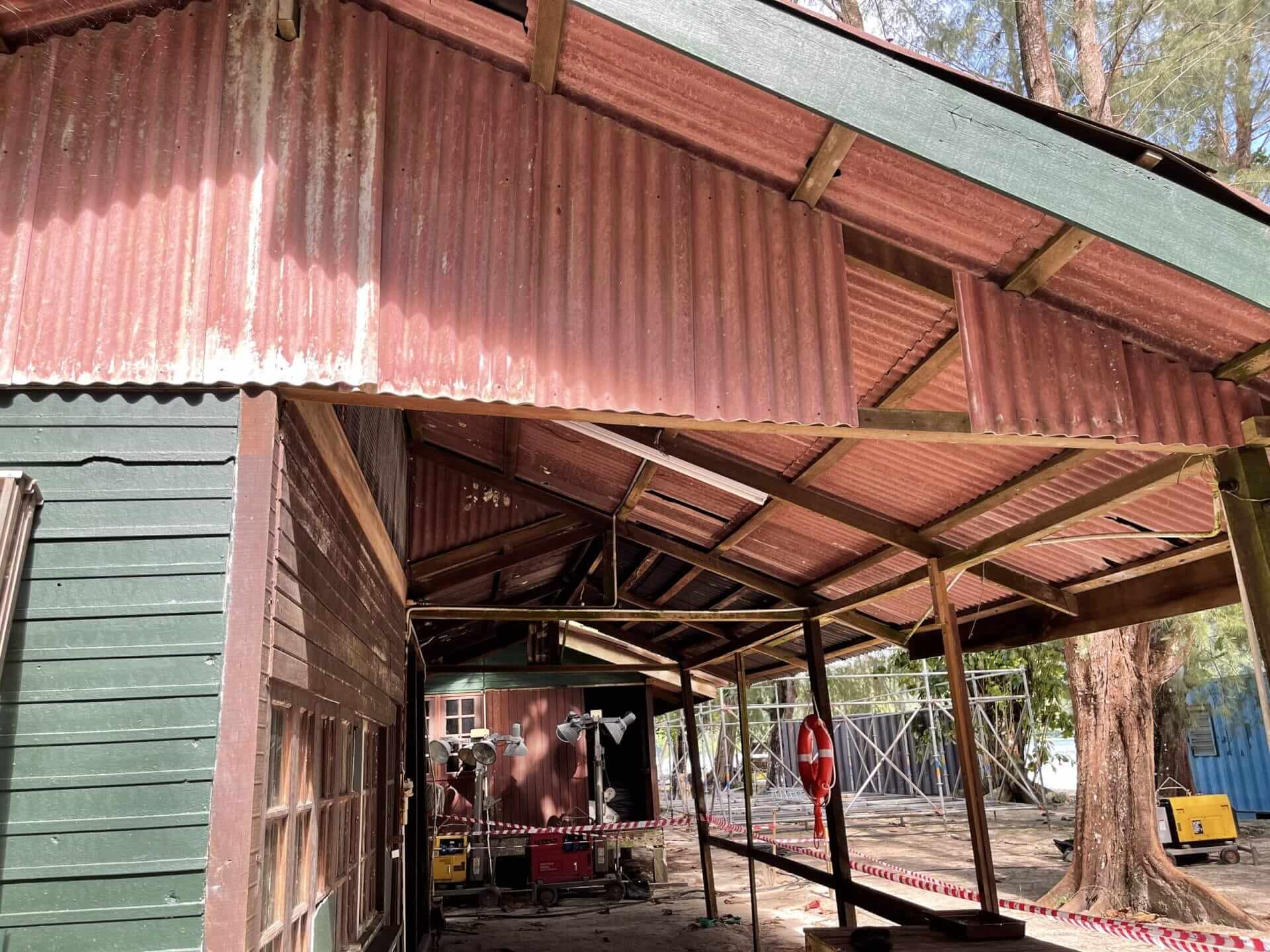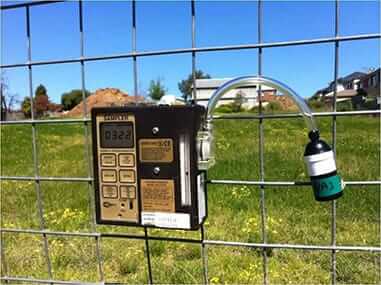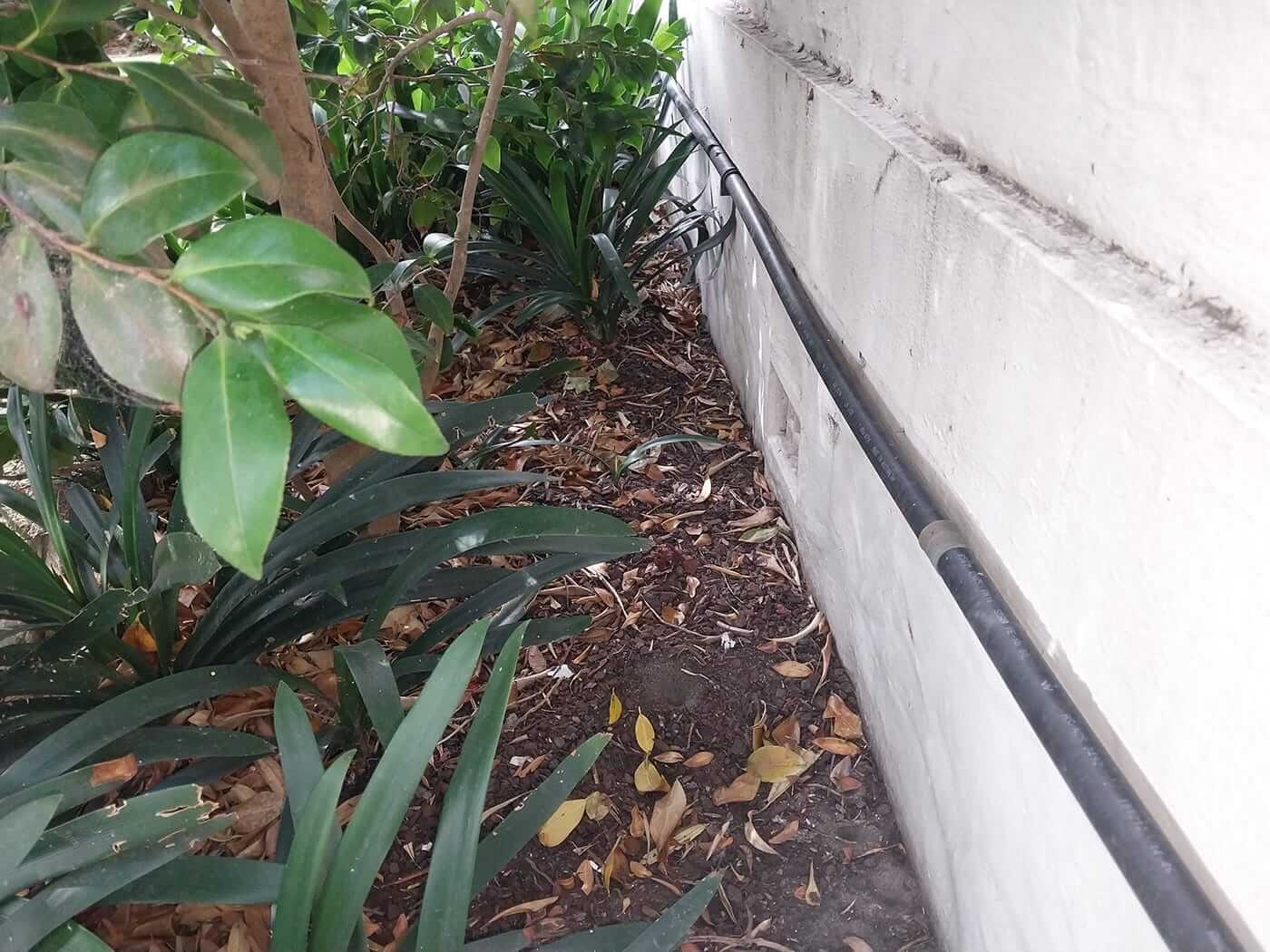
Lead Paint & Lead Dust Inspection, Testing & Assessment by Occupational Hygienists
Turn to SESA for all your requirements for lead paint, lead dust and lead fumes inspection, testing and assessment of exposure in Sydney, Canberra, Wollongong, Newcastle and other areas throughout NSW and ACT. We also travel Australia wide to perform the services. At SESA, our occupational hygiene consultants and lead hazard inspection team work hard to ensure that your workers and others in your workplace are sufficiently safeguarded from workplace exposure to lead hazards. We also carry out lead paint, lead dust and lead in soil inspection, testing and assessment in residential properties and renovation construction sites.
SESA occupational hygienists have been dealing for over 19 years with all aspects of lead hazard identification, assessment and management including the following:
- Lead paint inspection, sampling, testing for lead content and lead exposure assessment in commercial, industrial and residential buildings
- Lead dust inspection, dust sampling, testing and lead assessment in commercial, industrial and residential buildings including lead in ceiling dust
- Air monitoring for lead dust and lead fumes for lead exposure assessment by inhalation in the workplace including lead processes such as lead battery manufacturing and metal manufacturing processes
- Writing technical specifications/scope of works for removal of lead paint and lead dust contamination
- Occupational hygiene project management of lead paint removal and lead dust removal works
- Lead air monitoring and lead clearance testing during and on completion of removal of lead paint and lead dust
- Exposure assessment of lead risk work
- Workplace Health and Safety Plans for the control of lead hazards for the in-situ management and the removal of lead.
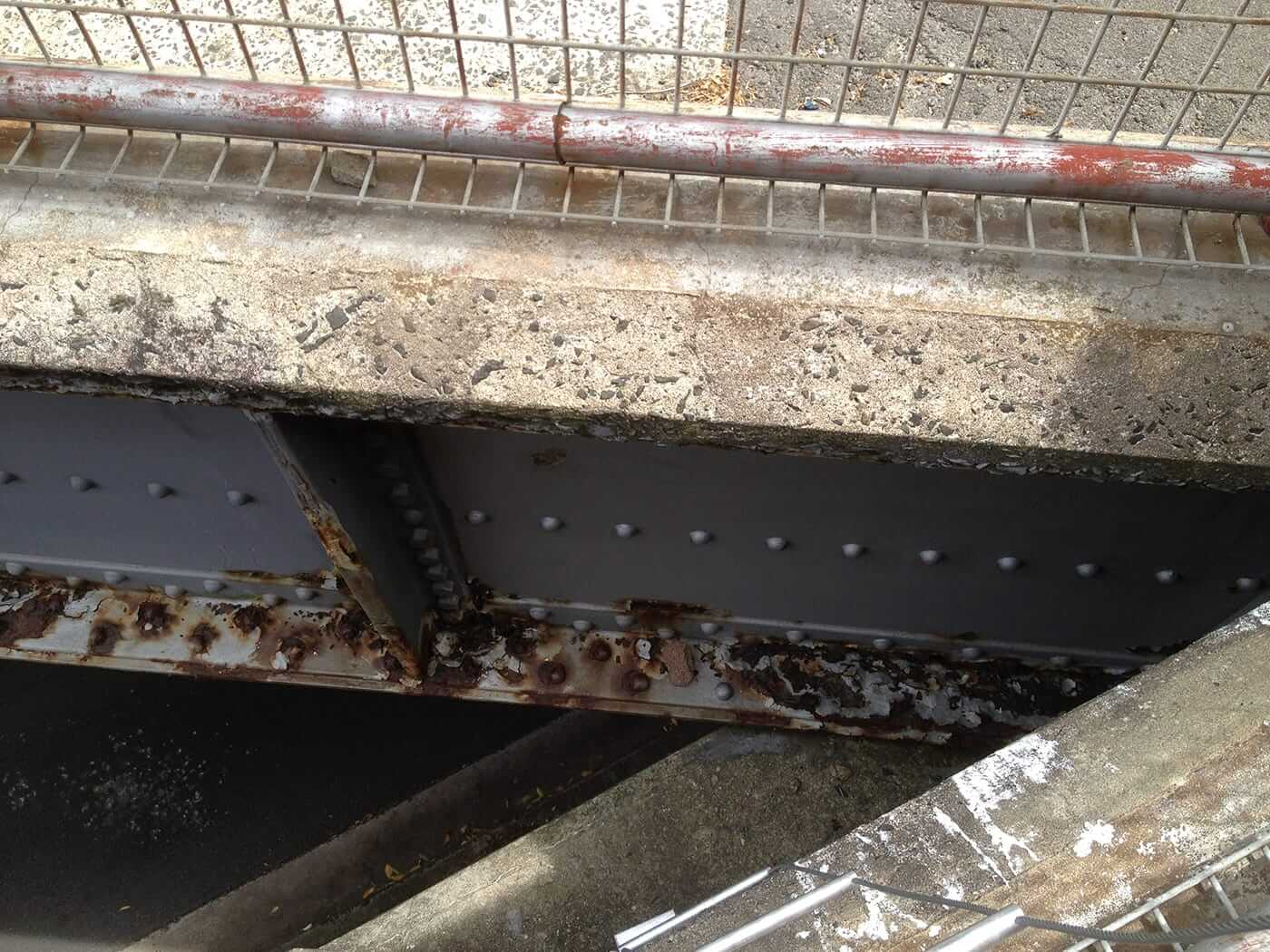
What are the Hazards of Lead Based Paint, Lead Dust and Lead Fumes?
Lead metal poses health risks to building occupants, trade personnel and lead process employees and can be found in older commercial, industrial and residential buildings in the form of lead paint or lead based paint, coating products or in workplaces where lead processes are involved as lead dust and/or lead fumes. Lead poisoning affects virtually every system in the body including the central and peripheral nervous systems, kidneys and blood. Lead accumulates in a person’s body throughout his or her lifetime and stored mostly in the bones.
According to Australian Standard (2017) lead paint definition is paint containing 0.1% weight/weight (w/W) lead compared with the definition of the 1997 version of the standard that defined lead paint as containing 1% w/w Lead.
Lead Based Paint Hazards
Were used in many Australian residential and commercial buildings prior to 1970 and later years in industrial paint applications. Small amounts of dust or chips of paint containing lead, generated during minor building repairs, can be a health risk. Lead in paint can be a problem if it is damaged or disturbed. Paint in good condition that is not flaking or chalking, or is covered by well maintained lead free paint is not a hazard in itself. Lead can also be a hazard when it is on surfaces subject to friction or impact such as windows and doors, or on railings where children or pets can chew it. Residues from lead based paint can lead to high concentrations of lead in garden soils and floor surfaces in older properties.
Lead Dust Hazards
Lead dust can be found in buildings which are not regularly cleaned at levels sometimes hazardous posing a risk to health. The source of lead dust includes:
- Settled or accumulated lead dust on surfaces and in ceiling space in older buildings in the vicinity of major road (source is leaded petrol) or in the vicinity of industrial operation that used lead
- Sanded or deteriorated lead based paint used in many residential and commercial dwellings built before 1970
- Sanded or deteriorated lead based protective coatings used on industrial buildings, plant and equipment
- Sanded or deteriorated lead based marine, automotive and vehicle paints
- Sanded or deteriorated specialised lead based paints, such as road marking and sign writing applications.

How does Exposure to Lead occur?
An initial visual mould inspection is performed to identify localised areas of mould growth to determine the cause and extent of mould contamination on surfaces. During this mould inspection a visual check is performed on building envelope and fittings and if present the mechanical ventilation system, to find the source of the mould contamination including any water damage and delineate presence or significance of the mould contamination. If required, during the initial mould inspection, testing of airborne and surface mould is performed with limited number of samples collected and analysed to evaluate the mould contamination.
Lead Exposure Routes
- Inhalation – Breathing in lead dust and lead fumes is the main way lead enters a body. Fine particles of lead can penetrate deep into the lungs and rapidly pass into the blood
- Ingestion – Eating contaminated food and drink can occur if hands are not washed before meals and eating in workplaces where lead dust is present. Smokers can accidentally take in lead dust on their hands or cigarettes
- Absorption through the skin or mucus membranes – can occur where lead fine particles, leaded petrol or lubricants are handled without gloves or barrier cream.
Lead Paint and Lead Dust Inspection, Sampling & Testing by Occupational Hygienist
Identification of lead exposure hazard involves inspecting the workplace by an occupational hygienist and sampling and testing for lead on surfaces (surface swabs), in materials, and if required in air (lead air monitoring). Based on the lead test results, a risk assessment can then be undertaken to evaluate the potential exposure to lead through all three routes of exposure which may involve health surveillance (lead blood testing) to determine if the work is a lead-risk work where specific requirements become mandatory to comply with to comply with the requirements of the workplace health and safety legislation.
Would You Like to Know More
About Our Services?
Call us today on 02 9822 8406, email us , or use our online enquiry form
for further information about our services, to arrange an obligation-free
phone consultation or to discuss your requirements with us.
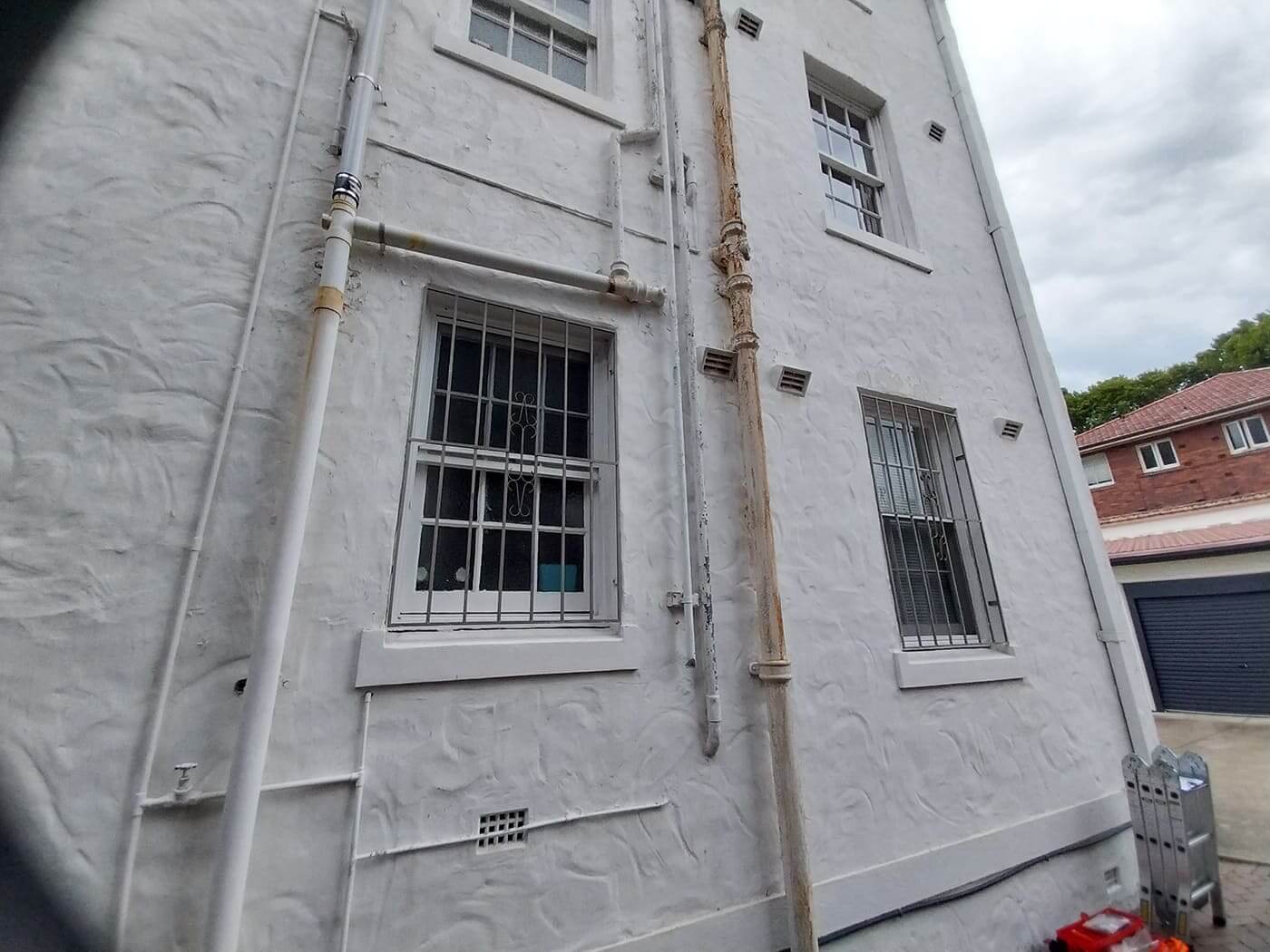
Lead Air Monitoring by Occupational Hygienist
Australian workplace health and safety legislation codes and standards provide strict requirements for hazard identification, assessment and control of exposure risk to lead including requirements for lead air monitoring. These include
- Work Health and Safety Regulation 2017 (WHS Regulation)
- Australian Standard AS4361.2-2017 Guide to hazardous paint management. Lead paint in residential, public and commercial buildings
- AS4361.1-2017 Lead paint and other hazardous metallic pigment in industrial applications
- AS4361.1-2017 Lead paint and other hazardous metallic pigment in industrial applications
- Australian Standard AS2601, The Demolition of Structures, Section 1.6 – 2001
- National Occupational Health and Safety Commission (NOHSC), Control of Inorganic Lead at Work: National Standard, 1012 – 1994
- National Occupational Health and Safety Commission (NOHSC), National Code of Practice for the Control and Safe Use of Inorganic Lead at Work, 2015 – 1994.
Control lead air monitoring – lead air monitoring is required in the workplace during work on lead paint removal or stabilisation, removal and decontamination of lead dust or lead contaminated soil. Control lead air monitoring is required to ensure that during the disturbance of lead, the airborne lead levels at the boundaries of the regulated work zone are below the action level and well below the workplace exposure standard (WES)
Lead exposure air monitoring – exposure monitoring within the worker’s breathing zone would be needed if a risk assessment is required to be completed for a lead risk job or certain tasks to determine the respiratory protection and other control measures required to ensure the worker’s exposure does not exceed the exposure standard
Lead clearance air monitoring – required after the lead removal work is completed and within the lead work area prior to removing any containment erected.
Lead Clearance Testing by Occupational Hygienist
The currently superseded Australian Standard AS4361.2-1998 Guide to Lead Paint Management requires that clearance testing is undertaken following the removal of lead paint and lead dust from premises and decontamination of surfaces. The standards assign the following surface dust lead loading values as acceptance clearance levels after lead paint management activities. These are for:
- Interior floors (carpeted or uncarpeted) – 1 mg/m2 (as lead)
- Interior window sills – 5 mg/m2 (as lead)
- Exterior surfaces – 8 mg/m2 (as lead).
Note that these clearance levels are also the permissible amount of leaded dust remaining on each of the following surfaces following lead hazard work in the United States Department of Housing and Urban Development (US HUD) Guidelines.
The new Australian Standards AS4361.1-2017 and AS4361.2-2017 do not specify the clearance levels or specific requirements for clearance testing. However, the above levels can be used to evaluate the level of contamination before and after cleanup and determine if the surfaces are adequately decontaminated and of a low risk of exposure.
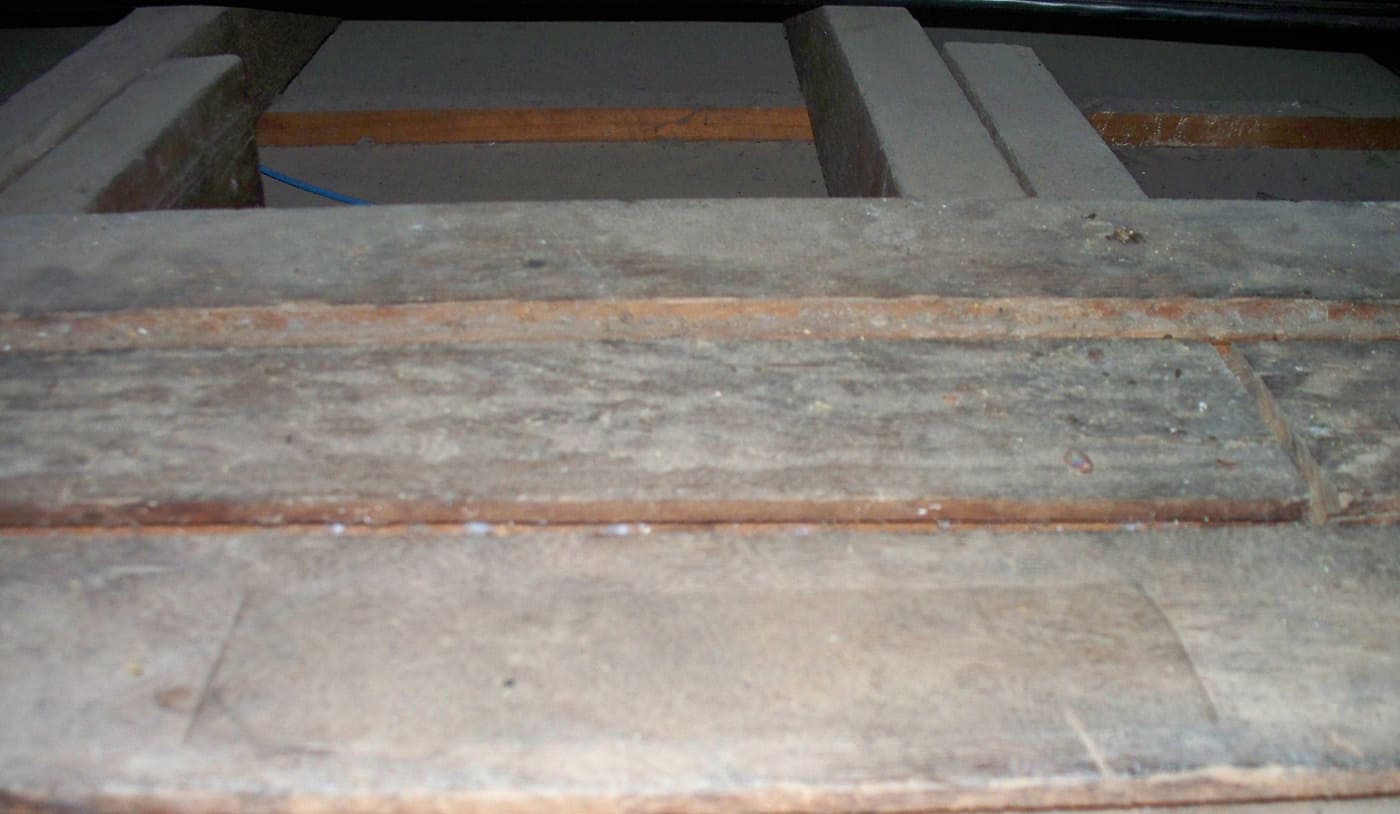
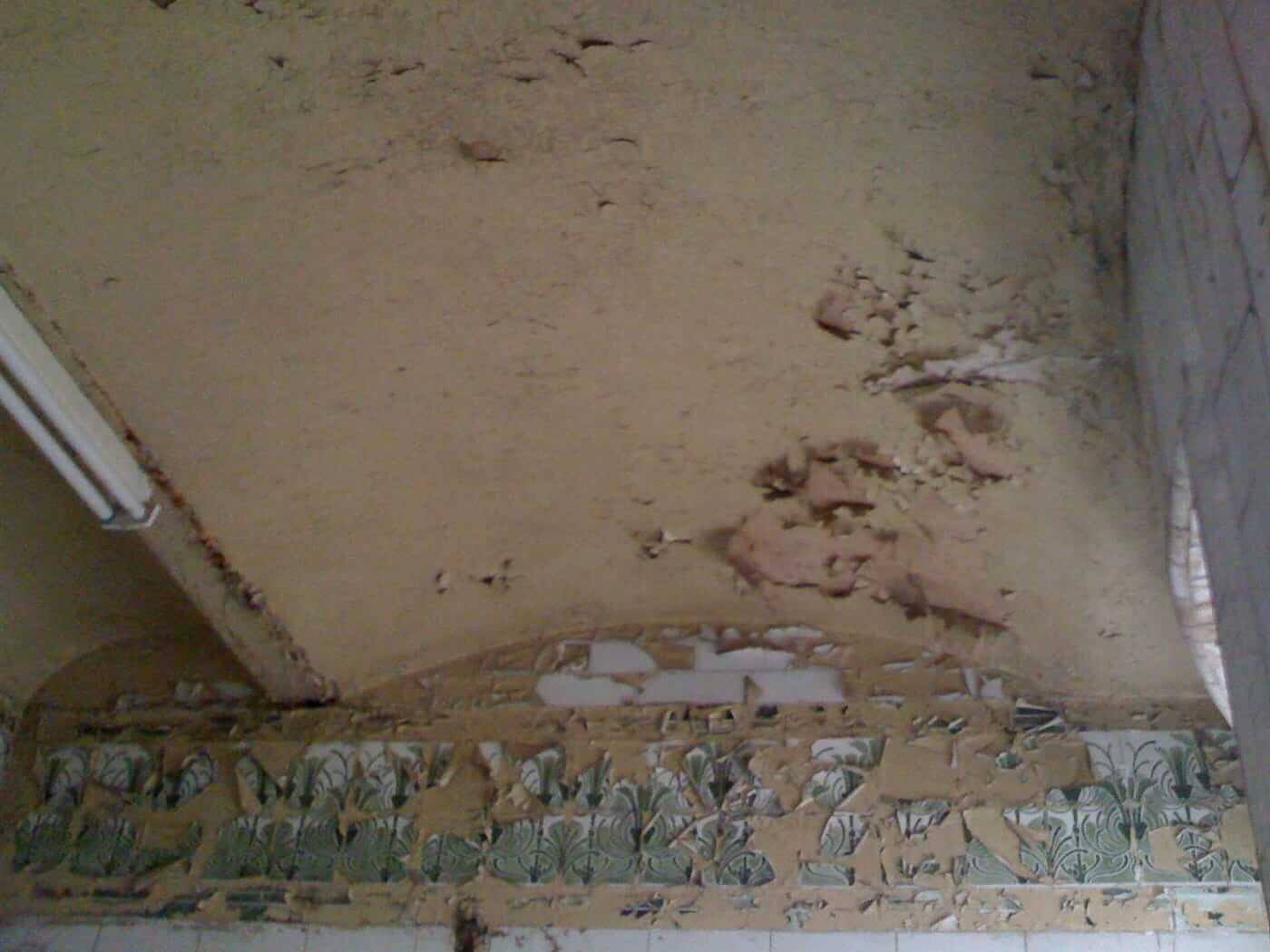
What Methods are Used to Control Exposure to Lead in the Workplace?
Controlling exposure to lead should always be selected in accordance with the hierarchy of controls. options may include:
- Use alternatives to lead. Other products are available which are lead free or have less lead eg. lead free paint and PVC, tin or silver solder etc.
- Isolating lead hazards or lead processes is critical to reduce risk. Engineering solutions, such as ducted extraction, are highly effective in removing lead dust and lead fumes
- Developing a safe system of work
- Provide Safety Data Sheets (SDS) for any material containing lead
- Create a safe workplace. Many simple changes to plant, machinery, production processes, equipment and work practices can reduce the dangers of lead
- Provide facilities and ensure that hands and face are washed before meals and smoking. This will help ensure lead dust is not accidentally ingested. Smoking or carrying cigarettes where lead dust is present is very hazardous. Appropriate facilities must be provided
- Change out work clothes when finished work for the day. This stops lead dust being taken home on bodies, clothes and cars and help protect workers’ families
- Use appropriate Personal Protective Equipment. Respirators and face masks, overalls, gloves and other PPE.
What Are the Requirements of the Australian Standards for Hazardous Paint?
Hazardous Paint and Lead Paint
According to AS4361.1 – 2017, hazardous paint is a dry paint containing ingredients that have the potential to create human health risk, toxic workplace atmospheres, hazardous wastes and pollution if disturbed or eroded.
NOTE: Toxic ingredients of paints include lead, chromates, arsenic, cadmium, asbestos, and coal tar derivatives such as phenols or polycyclic aromatic hydrocarbons.
Lead paint is defined by the superseded AS 4361.1:1995 Guide to Lead Paint Management-Industrial Applications as paint containing in excess of 1% by weight of lead. This definition is also used in the National Code of Practice for the Control and Safe Use of Inorganic Lead at Work [NOHSC: 2015 (1994)]. The National Health and Medical Research Council (NHMRC) Standard for the Uniform Scheduling of Drugs and Poisons (SUSDP) limited the lead concentration in paint to 1% by 1970, 0.5% in 1990, 0.25% in 1992 and 0.1% in 1997.
Hazardous Paint Compliance Plan (HPCP)
A document prepared by the contractor performing the hazardous paint removal giving a detailed description of engineering controls, work practices and safety precautions that will be adopted for the execution of the work.
Threshold Concentration Criteria for Hazardous Paint Projects
The total quantity (mass) of hazardous paint will influence the level of potential emissions and the nature and quantity of waste produced. The greater the quantity of paint, the higher the risk of emissions will be for a given removal strategy.
According to AS4361.1 – 2017, the suggested hazard threshold concentration criteria for determining if a project poses a significant hazard are presented in Table 1.
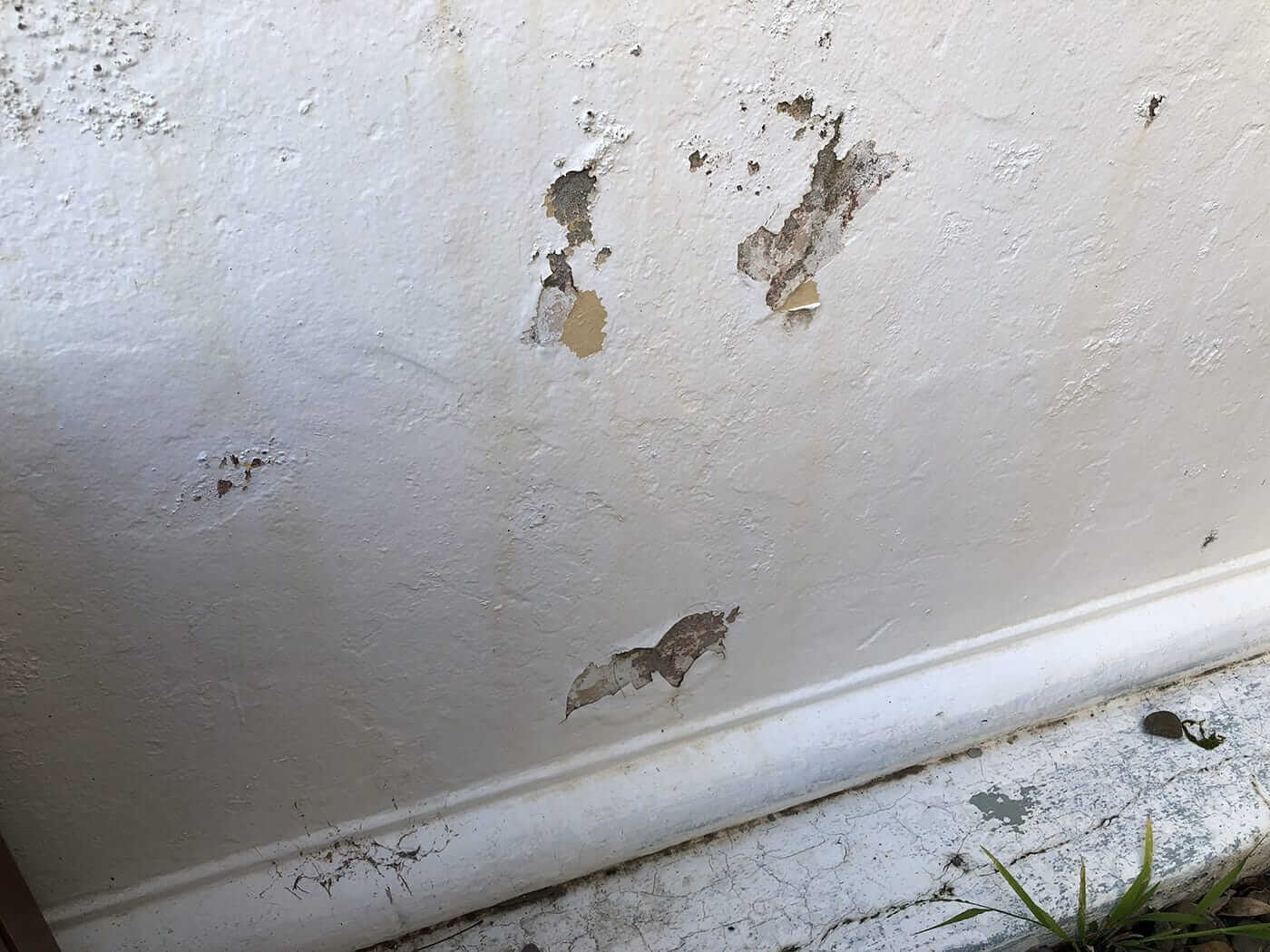
TABLE 1 THRESHOLD CONCENTRATION CRITERIA FOR HAZARDOUS PAINT PROJECTS (% BY WEIGHT)
| Total mass of paint, kg | |||
|---|---|---|---|
| Hazard | >250 | 50–250 | <50 |
| Lead | 0.1 | 0.25 | 1 |
| Zinc chromate (as Cr) | 0.05 | 0.1 | 0.25 |
| Arsenic | 0.05 | 0.1 | 0.25 |
| Cadmium | 0.05 | 0.1 | 0.25 |
For any lead paint and lead dust inspection, lead testing and assessment please contact SESA occupational hygienist for more information or to book your site visit. For more information and guidance on lead hazards and requirements you may visit the Lead Group Incorporated, Tenants NSW and SafeWork NSW web pages. Legislative requirements and codes of practice can be accessed from WHS and Environmental Regulators websites.

Contact Us
